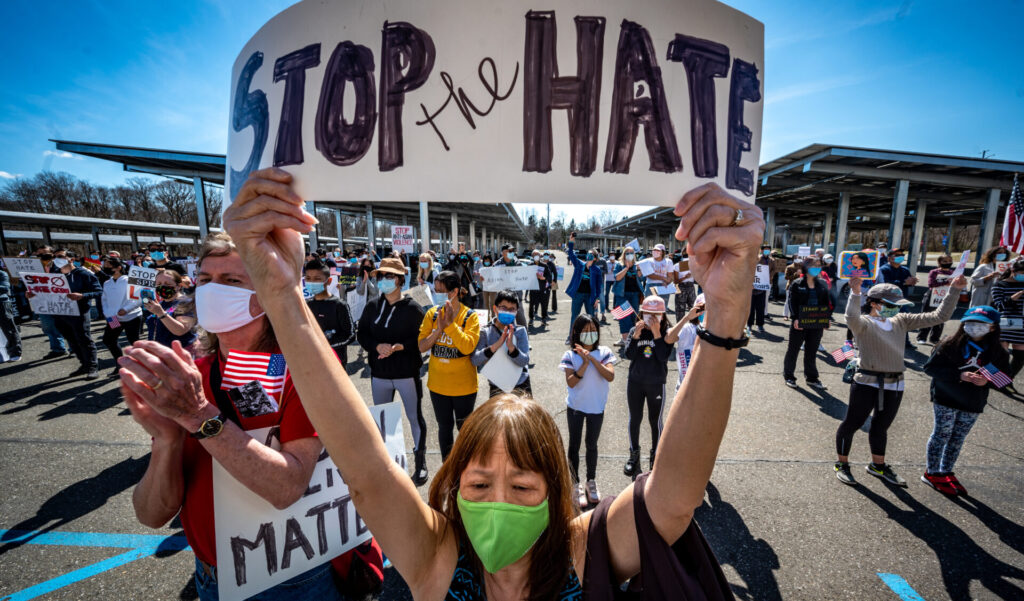- The word “tr*nny” (and its plural form, “tr*nnies”) is a derogatory slur used to express contempt for transgender people, and should be understood accordingly. Like other slurs for historically marginalized groups, it should not be used to refer to transgender people or others. When referring to the slur and reporting on the use of the slur, it should be made clear that it is derogatory. The word is characterized by the Cambridge English dictionary as “an extremely offensive word for a person who is transgender.” Also, like other slurs, it is sometimes used by community members as a reclaimed slur.
- When used in a derogatory way, “tr*nny” is recognized as one of the most extreme slurs for a trans person, similar to other extreme slurs for other historically marginalized groups. A 2011 HuffPost article, Why We Shouldn’t Use the Word ‘Tr*nny’ explains: “Similar to the anti-gay F-word, the term ‘tranny’ is commonly used to humiliate and degrade transgender individuals.”
- The slur has been used by opponents of transgender rights, including politicians and right-wing media, to mock and dehumanize transgender people. Such usages often also imply that the term is somehow humorous and therefore acceptable, when it is not, particularly for the marginalized person and community being targeted.
BEST PRACTICES FOR REPORTERS:
- The slur “tr*nny should not be used to refer to transgender people and the transgender community, including in verbatim quotes of interview sources and public figures. “The person used a derogatory word for a transgender person” is one way to avoid repeating the harmful term. “The t-word” is another option for responsible reporters to not repeat the slur.
- When referring to the slur “tr*nny” it should always be accurately characterized as a bigoted slur, following the same best practices journalists use to frame other discriminatory slurs, unless it is being used by a trans person in a self-referential or reclaimed way.
- Accurate terminology, additional best practices for reporters, and additional terms to avoid can be found in the GLAAD Media Reference Guide.
- Refer to being transgender, or refer to the transgender community. You can also refer to the movement for transgender equality and acceptance.
- Include and depict transgender people in your coverage with their full humanity – alongside loved ones, making contributions to their communities, and as part of our collective neighborhoods, workplaces, schools, and faith denominations.
Your Support Matters
We have been working hard for over 40 years on accelerating LGBTQ acceptance and continue to address the gaps with advocacy. During these difficult times, with your support, we can continue the fight for many more years to come. Join us!














